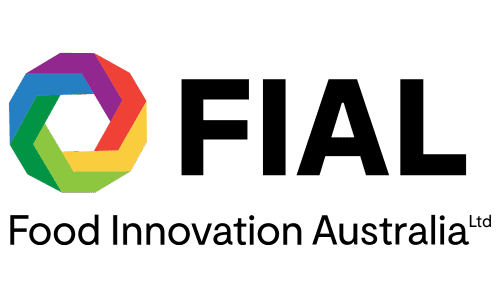SwarmFarm | Celebrating Australian Food and Agribusiness Innovations 2020

Image: © John Elliott
Challenge
In the mining boom of the late 2000s, when it became hard to find workers, farmers like Andrew Bate went ‘big’. Bigger tractors, planters and sprayers were the obvious solution for producers trying to do more with fewer people. Andrew noticed that the bigger the equipment, the more the compromise in terms of results. Bigger machines were also complicated and expensive, creating further problems.
There were other issues at play — herbicide resistance was on the rise. Much like antibiotics, overuse was reducing effectiveness and there’s
nothing coming down the line to replace them. Andrew’s land is located in the reef catchment area, so he must employ suitable practices to minimise soil erosion and run-off — things like maintaining double ground cover, which means using glyphosate. While he watched resistance levels rise, ploughing looked like the only solution, a fix that would quickly undermine reef protection strategies.
Solution
While that perfect storm was brewing, Andrew decided to follow his ethos — growing the best possible crops in the most sustainable way. For him, robotics seemed to hold all the answers.
A lot of farming solutions utilise big data and take a precision approach, but Andrew believes a better alternative is one that changes field practices. SwarmFarm incorporates small, lightweight autonomous robots that can operate as a single unit in an orchard or in a multiple ‘swarm’ array on a massive scale. Simple enough that a farmer can fix them, they counter the ‘right to repair’ battles inherent in a lot of farm machinery.
The true beauty of SwarmFarm is its open developer ecosystem — it’s essentially a platform for other companies and developers to release apps and additional hardware for use on board the robots to solve farm-specific problems. It’s driving new developments in farming not seen at this level since the Industrial Revolution.
Outcome
The vision for SwarmFarm is so large, Andrew can’t possibly develop every solution. But in creating a platform that the smartest minds in the world can access and collaborate on, the future of agriculture looks bright.
